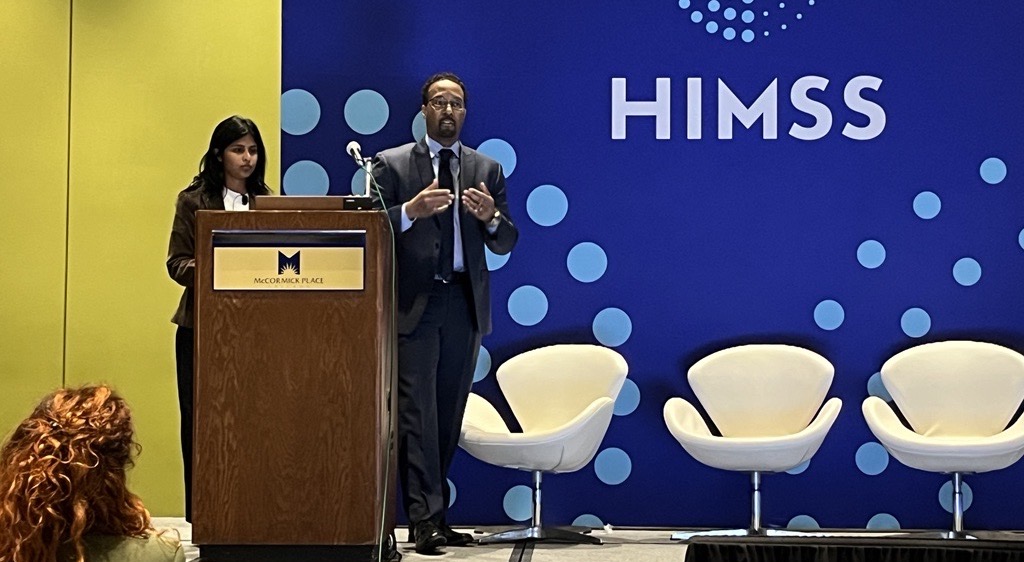What are the treatment options for varicose veins? Varicose veins are a common medical condition that affects millions of people worldwide. They are enlarged, twisted veins that often appear as dark blue or purple lines on the legs. While varicose veins can be unsightly, they can also cause discomfort and pain. If you’re one of the many individuals dealing with varicose veins, you’re probably wondering about the available treatment options and the associated costs. In this comprehensive guide, we will delve into the various treatment options for varicose veins and provide insights into the expenses involved.
Understanding Varicose Veins
Before we explore the treatment options and their costs, let’s start by understanding varicose veins. Varicose veins occur when the valves within the veins become weak or damaged, causing blood to flow backward and accumulate in the veins. This results in the veins becoming enlarged and twisted. While they can appear anywhere on the body, they most commonly occur in the legs due to the increased pressure on the lower extremities when standing or walking.
Symptoms Of Varicose Veins
Varicose veins are often more than just a cosmetic concern. They can be accompanied by various symptoms, including:
- Pain and Aching: Many individuals with varicose veins experience pain or aching in the affected area, which can worsen after prolonged periods of standing or sitting.
- Heaviness: The legs may feel heavy and fatigued, making it uncomfortable to move around.
- Swelling: Swelling of the legs and ankles is a common symptom, especially at the end of the day.
- Itching and Discomfort: Some people may experience itching or a burning sensation over the affected veins.
- Skin Changes: Over time, varicose veins can lead to skin changes, including darkening, inflammation, and even the development of ulcers in severe cases.
Considering Treatment Options
The choice of treatment for varicose veins largely depends on the severity of the condition, the presence of symptoms, and individual preferences. Here are the most common treatment options for varicose veins:
- Lifestyle Changes: For mild cases of varicose veins, making certain lifestyle changes can help alleviate symptoms. These changes may include regular exercise, maintaining a healthy weight, wearing compression stockings, and elevating the legs when resting.
- Sclerotherapy: Sclerotherapy is a minimally invasive procedure that involves injecting a special solution into the varicose veins. This solution causes the veins to collapse and eventually be reabsorbed by the body.
- Endovenous Laser Ablation (EVLA): EVLA is a procedure that uses laser energy to seal off and collapse the varicose vein. It is often performed with the guidance of ultrasound and is less invasive than traditional vein stripping.
- Radiofrequency Ablation (RFA): RFA is another minimally invasive procedure that uses radiofrequency energy to heat and close the affected vein. This method has a lower risk of complications and a shorter recovery period.
- Vein Stripping and Ligation: In more severe cases of varicose veins, surgical procedures like vein stripping and ligation may be recommended. Vein stripping involves the removal of the affected vein, while ligation involves tying off the vein to prevent blood flow.
- Ambulatory Phlebectomy: This procedure is suitable for smaller varicose veins close to the surface of the skin. It involves the removal of the veins through tiny incisions.
- Clarivein (Mechanochemical Ablation): Clarivein is a relatively new procedure that combines mechanical and chemical methods to close the varicose vein. A rotating wire and a liquid sclerosant are used to treat the vein.
- Foam Sclerotherapy: Foam sclerotherapy is a variation of traditional sclerotherapy where the sclerosant solution is mixed with air to create foam. This allows for the treatment of larger veins.
Costs Associated With Varicose Vein Treatments
How much does varicose vein treatment cost? The cost of varicose vein treatment can vary widely depending on several factors, including the type of treatment, the location of the treatment center, the severity of the condition, and whether the procedure is covered by insurance. Here is an overview of the potential costs associated with different treatment options:
- Lifestyle Changes: Implementing lifestyle changes, such as wearing compression stockings or engaging in regular exercise, is often the most cost-effective approach to managing varicose veins. Compression stockings can range from $50 to $100, while the cost of exercise is minimal.
- Sclerotherapy: The cost of sclerotherapy can vary, but on average, each session may cost between $200 and $500. Multiple sessions may be required for optimal results.
- Endovenous Laser Ablation (EVLA): EVLA tends to be more expensive than sclerotherapy, with an average cost ranging from $1,500 to $3,000 per leg treated. Most people require treatment for both legs.
- Radiofrequency Ablation (RFA): RFA is a competitive option with a similar cost range to EVLA, typically between $1,500 and $3,000 per leg.
- Vein Stripping and Ligation: Traditional surgical procedures like vein stripping and ligation are usually more expensive, costing between $1,500 and $4,000 or more per leg. These procedures also involve longer recovery times.
- Ambulatory Phlebectomy: Ambulatory phlebectomy is often priced similarly to laser ablation techniques, with an average cost of $1,500 to $3,000 per leg.
- Clarivein (Mechanochemical Ablation): The cost of Clarivein can vary, but it generally falls within the range of $1,500 to $3,000 per leg.
- Foam Sclerotherapy: Foam sclerotherapy is priced similarly to traditional sclerotherapy, with an average cost of $200 to $500 per session.
Insurance Coverage
Whether or not varicose vein treatment is covered by insurance depends on the severity of the condition and the medical necessity of the treatment. If varicose veins are causing significant symptoms or complications, such as ulcers or skin changes, insurance is more likely to cover the cost of treatment. However, if the treatment is sought primarily for cosmetic reasons, it may not be covered.
It’s important to check with your insurance provider to understand the specific coverage and requirements. If the procedure is not covered, you may need to bear the full cost or explore other financing options.
Factors Influencing Costs
Several factors can influence the cost of varicose vein treatment:
- Geographic Location: Treatment costs can vary significantly from one location to another. Major metropolitan areas may have higher prices than smaller towns or rural areas.
- Provider Expertise: The experience and expertise of the healthcare provider can impact the cost. Highly skilled specialists may charge more for their services.
- Facility Type: Treatment costs can differ between hospitals, clinics, and specialized vein centers. The type of facility you choose may affect the overall cost.
- Diagnostic Tests: In some cases, diagnostic tests, such as ultrasound, may be required before treatment. These tests can add to the overall cost.
- Number of Sessions: The number of treatment sessions needed to achieve the desired results can influence the cost. Some individuals may require multiple sessions.
- Additional Expenses: Consider additional expenses, such as follow-up appointments, prescription medications, and post-treatment care, when estimating the total cost of varicose vein treatment.
Conclusion
The treatment of varicose veins is not only about aesthetics but also about relieving discomfort and potential health complications. There are various treatment options available, each with its own associated costs. The choice of treatment and the expenses involved will depend on the severity of your varicose veins, your location, and your insurance coverage.
If you are experiencing varicose veins and are concerned about the cost of treatment, it’s essential to consult with a healthcare provider who specializes in vein disorders. They can provide a tailored treatment plan and discuss the potential costs, as well as whether your insurance will cover the procedure. Remember that investing in the treatment of varicose veins can lead to improved comfort, confidence, and overall well-being, making it a valuable consideration for many individuals.





